58 F. high in the Twin Cities Sunday.
53 F. average high on October 27.
43 F. high on October 27, 2012.
Dry today.
Coating of slush can't be ruled out early Tuesday, but most roads will probably stay wet tomorrow.
Heaviest rain comes late Wednesday into Thursday morning.
Winter Marathon

Yesterday
I cheered my amazing wife on as she ran her 4th Marine Corp Marathon in
Washington D.C. She keeps trying to win a 22 year old Marine. Me? All
that cheering, standing, texting & picture-taking? I was exhausted.
But I'm OK (thanks for asking).
Minnesota meteorologists are about
to embark on their own personal (winter) marathon. "How many inches of
snow in my driveway? Please be specific."
Humbling but true: every
weather scenario, every storm is different. To be able to predict how
much snow will fall we look at the precise storm track, moisture
content, the degree of vertical motion within a column of air,
temperatures in the lowest mile of the atmosphere, ground temperatures
(in case there's melting on contact with warmer surfaces), the location
of the dry surge (the dreaded "dry tongue") as well as a myriad of other
data.
4 new model runs are issued every day, and we examine
trends from run to run. Do the models agree? If so our confidence level
goes up.
The latest guidance suggests enough warm air aloft for a
light sloppy mix changing to all rain tomorrow. A little slush is
possible early Tuesday, with a plowable snow for the Dakotas. A surge of
steadier rain arrives late Wednesday into Thursday AM, but it may dry
out a little for Thursday PM Trick or Treating (risk of a passing
zombie).
November starts out gray & chilly but 50s return in a week. Hardly Indian Summer, more like a not-as-cold front.
Little More Than A Tuesday Coating? Latest
runs of the 12km. NAM model suggest a couple of inches of far west
central Minnesota, but enough warm air above MSP for a fairly quick
changeover from a mix to rain Tuesday. Duluth may pick up 1/2 to 1" of
snow, maybe 3" near Montevideo, with a plowable snow for much of the
Black Hills , maybe 2-4" for Bismarck. Snowfall by 1 am Thursday
courtesy of NOAA and Ham Weather.
Significant Storm Brewing Central USA.
A period of heavy wet snow from Montana into the Dakotas tapers as it
pushes into Minnesota Tuesday, the atmosphere warm enough for primarily
rain Wednesday into Halloween from the central Plains into the Great
Lakes and Upper Midwest. 84 hour NAM loop courtesy of Ham Weather.
Mild Start To November.
Most of the rain comes late Wednesday into Thursday morning, a drier
breeze kicking in for Thursday evening trick or treating. We cool off
into the 40s late week before warming up into the 50s early next week, a
mild start to November, based on the latest ECMWF guidance. Graph:
Weatherspark.
Nothing Frigid Into Mid-November.
GFS numbers show seasonably chilly weather into the second week of
November, another significant rain event around November 6, possibly
ending as flurries.
Atlantic Hurricane Season Quietest In 45 Years, Experts Say.
Reuters has a good recap of the Atlantic hurricane-season-that-wasn't; here's an excerpt: "
The
2013 Atlantic hurricane season looks set to go down as a big washout,
marking the first time in 45 years that the strongest storm to form was
just a minor Category 1 hurricane.
There could still be a late surprise in the June 1-November 30 season,
since the cyclone that mushroomed into Superstorm Sandy was just revving
up at this time last year. But
so far, at least, it has been one of the weakest seasons since modern
record-keeping began about half a century ago, U.S. weather experts say..."
 12 Strange Weather Features Of Superstorm Sandy
12 Strange Weather Features Of Superstorm Sandy. Yes, Sandy set a number of "firsts". AP has an eye-opening list, reported at
The Fresno Bee; here's a clip:
3.
SNOW: This is the first time the National Hurricane Center ever listed
snow or blizzard in their warnings. Three feet of snow fell in West
Virginia.
4. GREAT LAKES: It is unusual for 20 foot
waves, large surges and tropical force winds to be recorded in the Great
Lakes for a coastal tropical storm, but it happened with Sandy.
5.
ENERGY: NOAA's Hurricane Research Division has an experiment program
that measures integrated energy of a storm's surge and waves on a 0 to
6.0 scale. Sandy reached 5.8, passing Katrina as the highest recorded so
far...
Image credit: "
This
Tuesday, Oct. 30, 2012 NOAA satellite image at 10:45 a.m. EDT shows
Superstorm Sandy moving westward while weakening across southern
Pennsylvania. With tropical storm force winds that extended for 1,000
miles, Sandy was the largest Atlantic system on record." NOAA — AP Photo.
Read more here: http://www.fresnobee.com/2013/10/25/3568241/12-strange-weather-features-of.html#storylink=cpy
Read more here: http://www.fresnobee.com/2013/10/25/3568241/12-strange-weather-features-of.html#storylink=cpy
A Year After Sandy, A Slow Recovery For Thousands. Here's an excerpt of a good overview from AP and
ABC News: "
A
year after Superstorm Sandy catastrophically flooded hundreds of miles
of eastern U.S. coastline, thousands of people still trying to fix their
soaked and surf-battered homes are being stymied by bureaucracy,
insurance disputes and uncertainty over whether they can even afford to
rebuild. Billions of dollars in federal aid appropriated months ago by
Congress have yet to reach homeowners who need that money to move on.
Many have found flood insurance checks weren't nearly enough to cover
the damage. And worse, new federal rules mean many in high-risk flood
zones may have to either jack their houses up on stilts or pilings — an
expensive, sometimes impossible task — or face new insurance rates that
hit $10,000 or more per year..."
Editorial: Keep The Sense Of Sandy Urgency. A hurricane year like the one we just had can breed complacency. Long Island's
Newsday
reminds us that storms similar in scope to Sandy are inevitable in this
editorial; here's a clip: "...Many still are caught in the storm's
aftermath. Houses still are being demolished and repaired. Hundreds of
exiled families have yet to return. Some businesses have yet to reopen.
Our power company has a new structure with more accountability and big
plans but still is vulnerable. Sandy taught us a lot. It taught us that a
house near the water or with a view of it might not be an ever
appreciating investment. It taught us that a damaged house or one with
no power could put a family in crisis. It taught us that we were not
prepared..."
Drought Could Worsen In Major Crop Area.
AgWeb has the story; here's the introduction: "
Despite
widespread, harvest-slowing rains over a wide swath of the Upper
Midwest in October, the long-term drought is expected to persist or
intensify across much of Iowa, western Illinois, and northern Missouri,
according to the U.S. Seasonal Drought Outlook,
a joint publication of the National Drought Mitigation Center at the
University of Nebraska-Lincoln, the National Oceanic and Atmospheric
Administration, and USDA. Drought is also expected to persist or develop
across the Southwest, western California, and parts of the western Corn
Belt, including the western half of both Nebraska and Kansas, according
to the outlook, released Oct. 17..."
Redefining The Meaning Of A "500 Year Flood". Two historic floods in the span of 5 years? The
NewsTribune
explains why many residents living along the Illinois River are groping
for better ways to explain the extremes of recent years; here's a clip:
"...
Don't use the term "500-year flood" in front of people in
Utica. The Illinois River has overflowed twice in five years and
residents think scientists need a better term to chart the occurrence of
floods. But ask two-time survivors about bouncing back from the April
flood and most will acknowledge that experience has been a good teacher...."
Flood Insurance Surge Socks Residents.
New York and New Jersey residents are still suffering through a
hangover from Superstorm Sandy, which struck with an otherworldly fury
on October 29, 2012. Reality is setting in, the form of radically higher
flood insurance premiums, as the
New York Post explains. Here's an excerpt: "
Hurricane
Sandy is about to sock unwary homeowners again. A report commissioned
by the city has found that 35 percent of the 68,000 buildings required
to carry flood insurance in newly expanded federal flood zones don’t
have it. The cost of that insurance could be astronomical — $5,000 to
$10,000 a year. The premiums had been averaging $429 a year. Those
shopping for new insurance will have to pay the full freight immediately..."
Photo credit above: "
Christine Cina and her dog amid what is left of her house on Staten Island, a year after Sandy blew through." Photo: Reuters.
U.S. Once Had Air Pollution To Match China's Today. Jack Williams provides some timely perspective in this story at The Washington Post's
Capital Weather Gang. Here's an excerpt: "
During the 1940s and 1950s some parts of the United States experienced pollution episodes like those now occurring across parts of China. And even on good days the air wasn’t as clean as it generally is now.
Related: Chinese city shut down by off-the-charts pollution
One
of the worst of these episodes, and one that helped focus attention on
U.S. air pollution, was the choking, deadly smog that covered Donora,
Pa., in the Monongahela River Valley, 20 miles southeast of Pittsburgh
from Oct. 27 to 31, 1948..."
Photo credit above: "
On
Oct. 30, 1948, Donora’s main business district was cloaked in smog, the
sunlight virtually obliterated by thick low-hanging pollution." (Associated Press).
This Could Have A Huge Impact.
Talk about disruptive technology. If Aereo survives a challenge from
broadcasters taking their case to the Supreme Court it could encourage
NBC, CBS, ABC and FOX to become pureplay cable channels, potentially
diminishing the value of local affiliates. I don't think Congress will
allow this to happen, since the networks receive (free/public domain)
spectrum to air their channels for free. But it's a fascinating
struggle, as described in this clip from
FTVLive: "...
But Bloomberg reports that DirecTV, Time Warner Cable and Charter Communications,
taking a page from Aereo Inc., are considering capturing free
broadcast-TV signals to avoid paying billions of dollars in so-called
retransmission fees, said people with knowledge of the deliberations.
Aereo, which charges $8 a month for online access to broadcast TV, is
locked in a court battle with CBS Corp. (CBS) and other media companies
over the legality of its service. If Aereo prevails, cable companies
could use the same approach to bypass the fees they now pay for network
signals, said the people, who asked not to be identified because the
discussions are at an early stage..."
In Almost Every European Country Bikes Are Outselling New Cars. Talk about environmentally-friendly and low operating costs.
NPR has the story - here's a clip: "
We
know that Europeans love their bicycles — think or . Denmark
specifically for cyclists. Indeed, earlier this month, , which has long
had a love affair with cars, is embracing the bicycle: For the first
time on record, Lauren noted, bicycles outsold cars in the country. But
it's becoming a Continent-wide phenomenon. More bikes were sold in than
cars — for the first time since World War II..."
TODAY: Patchy clouds, cooler. Winds: NE 10-15. High: 43
MONDAY NIGHT: Mostly cloudy. Low: 32
TUESDAY: Light mix, then a cold rain. High: 39
WEDNESDAY: Steadier, heavier rain PM hours. Wake-up: 38. High: near 50
THURSDAY: Rain tapers, clouds linger. Wake-up: 43. High: 46
FRIDAY: Mostly cloudy and chilly. Wake-up: 38. High: 43
SATURDAY: Partly sunny, not bad. Wake-up: 33. High: 45
SUNDAY: Dim sun, windy and milder. Wake-up: 29. High: 52
Climate Stories...

Acidification Of Oceans Threatens To Change Entire Marine Ecosystem. The Vancouver Sun has the article; here's the intro: "
Ocean
acidification due to excessive release of carbon dioxide into the
atmosphere is threatening to produce large-scale changes to the marine
ecosystem affecting all levels of the food chain, a University of B.C.
marine biologist warned Friday. Chris Harley, associate professor in the
department of zoology, warned that ocean acidification also carries
serious financial implications by making it more difficult for species
such as oysters, clams, and sea urchins to build shells and skeletons
from calcium carbonate. Acidic water is expected to result in thinner,
slower-growing shells, and reduced abundance. Larvae can be especially
vulnerable to acidity. “The aquaculture industry is deeply concerned,”
Harley said. “They are trying to find out, basically, how they can avoid
going out of business...”
Photo credit above: "
Ocean
acidification due to excessive release of carbon dioxide into the
atmosphere is threatening to produce large-scale changes to the marine
ecosystem affecting all levels of the food chain, a University of B.C.
marine biologist warned Friday." Photograph by: Nick Didlick , VANCOUVER SUN.
Arctic Temperatures Reach Highest Levels In 44,000 Years, Study Finds. Here's the intro to a LiveScience story at
Huffington Post: "
Plenty
of studies have shown that the Arctic is warming and that the ice caps
are melting, but how does it compare to the past, and how serious is it?
New research shows that average summer temperatures in the Canadian Arctic
over the last century are the highest in the last 44,000 years, and
perhaps the highest in 120,000 years. "The key piece here is just how
unprecedented the warming of Arctic Canada is," Gifford Miller, a
researcher at the University of Colorado, Boulder, said in a joint
statement from the school and the publisher of the journal Geophysical
Researcher Letters, in which the study by Miller and his colleagues was
published online this week..."
Climate Change Will Make Colorado's Millenial Rainstorm A Lot More Common. Here's an update from
Quartz: "
The rainfall that caused massive flooding in Colorado last month was a once-in-a-millennium event, according to a recent study (pdf). And climate change is making those kinds of extreme weather events more common. The
impressively named Hydrometeorological Design Studies Center, a
division of the National Weather Service, has concluded with greater
than 90% certainty that the rainfall was millennial in nature. Here’s
the chart for one rain gauge in Boulder, Colorado, that was inundated
over seven days.."
Photo credit above: "Houses partially submerged last month in Longmont, Colorado." AP/John Wark
Elon Musk: Oil Campaign Against Electric Cars Is Like Big Tobacco Lobbying.
The Guardian has the story - here's an excerpt: "
Attacks
on electric cars by the oil industry are on a par with misinformation
campaigns promoted by big tobacco companies and vested interests
undermining climate science, according to Elon Musk, the serial entrepreneur who founded PayPal and the brains behind both the space exploration company SpaceX and the electric sports carmaker Tesla Motors.
The oil giants, he reckons, are attempting to sow the seeds of doubt.
Speaking before the opening of Tesla's new luxury store in the Westfield
shopping mall in Shepherd's Bush, London, last night, Musk told the
Guardian: "It's kinda like the battle against 'big tobacco' in the old
days, and how they'd run all these ads about how tobacco's no problem..."
Photo credit above: "
Elon Musk in the new Tesla Model S high performance electric car in the showroom at Westfield London." Photograph: Sarah Lee for the Guardian.
Bad Climate Science In U.S. Schools: An Open Letter To Heartland and NIPCC. Those serial-misinformers and perpetual truth-twisters at
The Heartland Institute
are at it again. Now they're going after teachers, trying to convince
them that climate science isn't "settled", that "there are two sides to
this important story". Right. Here's a clip of an open letter to
Heartland and "NIPCC" at
Small Epiphanies:
Open Letter — October 2013
To: Diane Carol Bast, Executive Editor, The Heartland Institute
Re: Release of Climate Change Reconsidered II: Physical Science
Dear Mrs. Bast,
Thanks for sending out your helpful, if somewhat self-congratulatory,
memo to so many US teachers (PDF).
Its subject is important: the NIPCC’s gripping sequel “Climate Change
Reconsidered II”, a title as original as the ‘Not the IPCC’ nomenclature
is witty.
While I’m sure nobody would question your
organisation’s motive in wanting to reach out to so many young and
impressionable minds (and I’m sure very few will conflate this
initiative with
Heartland’s sturdy defence of the embattled tobacco industry during the 1990s) there are some minor issues that might demand attention....
Adversaries, Zombies And "NIPCC" Climate Psuedoscience. There's a lot of (manufactured/sponsored) misinformation out there, as described in this post at Australia's
The Conversation; here's a clip: "...
IPCC
reports openly discuss the strengths, weaknesses, criticisms and
uncertainties of the science. The reports provide policy makers with a
range of plausible outcomes given rising atmospheric CO2. Heartland’s
NIPCC partially mimics the IPCC, but with key differences. It is written
and reviewed by dozens of people, almost exclusively drawn from the “sceptic” community,
and is consequently highly partisan. Indeed, the NIPCC advocates an
adversarial approach to assessing climate science, with partisan “teams”
arguing for different positions..."
Photo credit above: "
Dead science lives on, thanks to the Non-governmental International Panel on Climate Change."
Scott Beale.
 Yesterday
I cheered my amazing wife on as she ran her 4th Marine Corp Marathon in
Washington D.C. She keeps trying to win a 22 year old Marine. Me? All
that cheering, standing, texting & picture-taking? I was exhausted.
But I'm OK (thanks for asking).
Yesterday
I cheered my amazing wife on as she ran her 4th Marine Corp Marathon in
Washington D.C. She keeps trying to win a 22 year old Marine. Me? All
that cheering, standing, texting & picture-taking? I was exhausted.
But I'm OK (thanks for asking).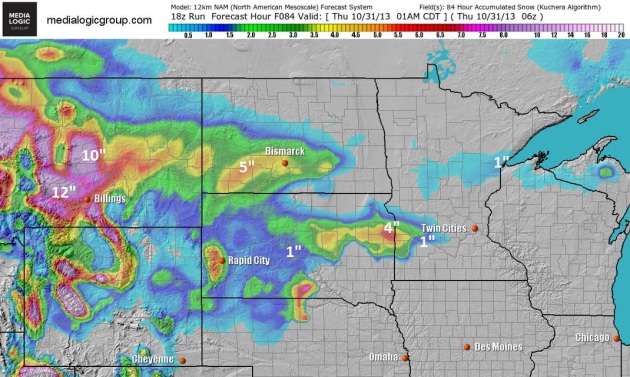
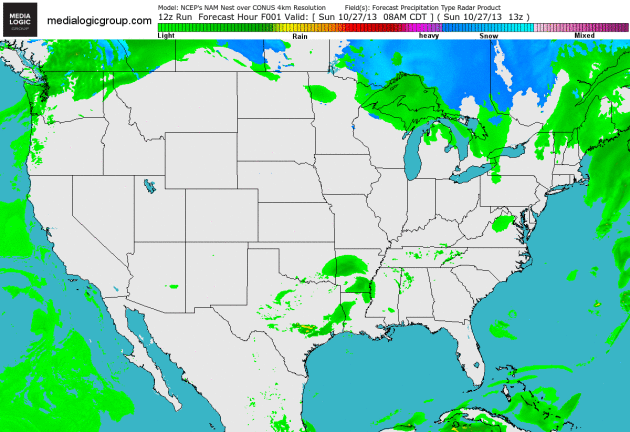
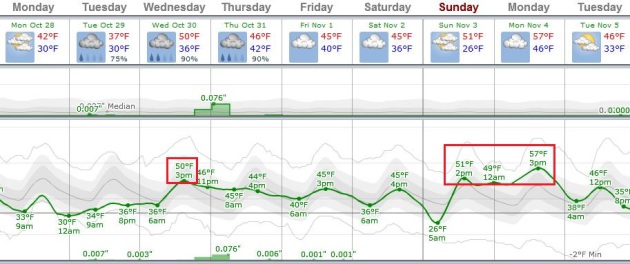
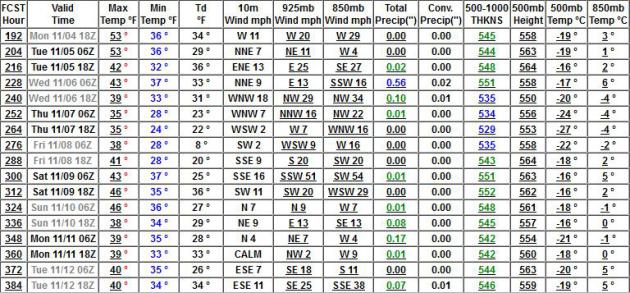


.jpg)

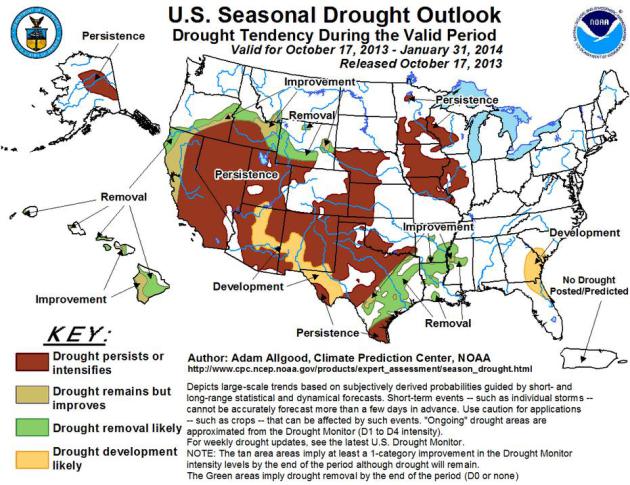
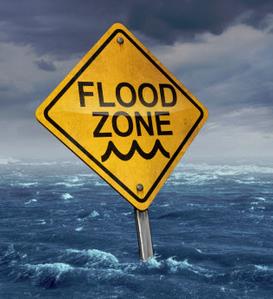
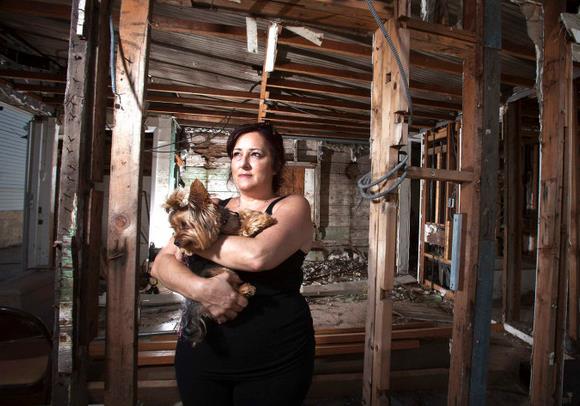
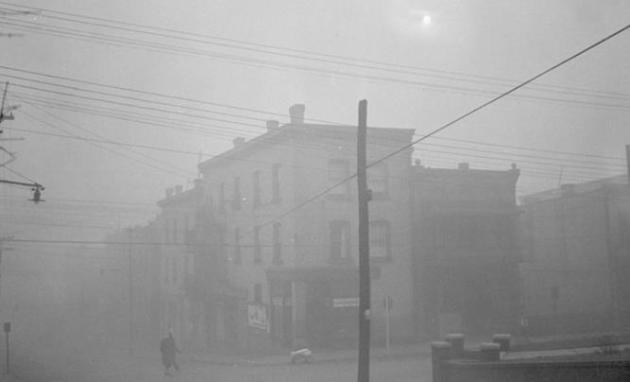

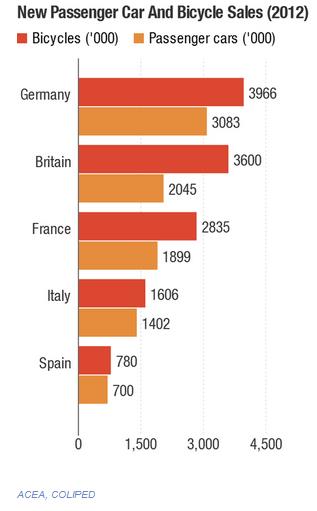
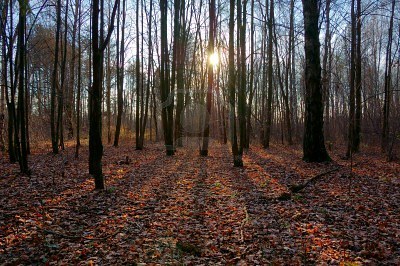
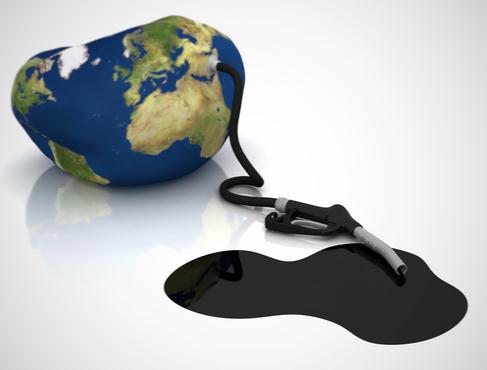
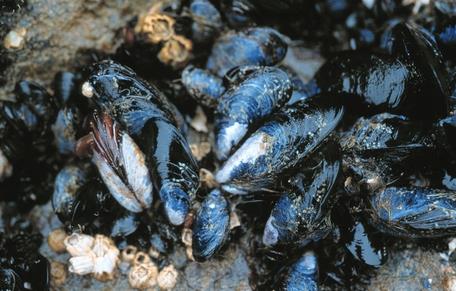
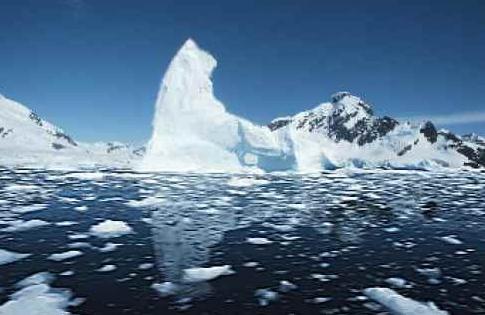
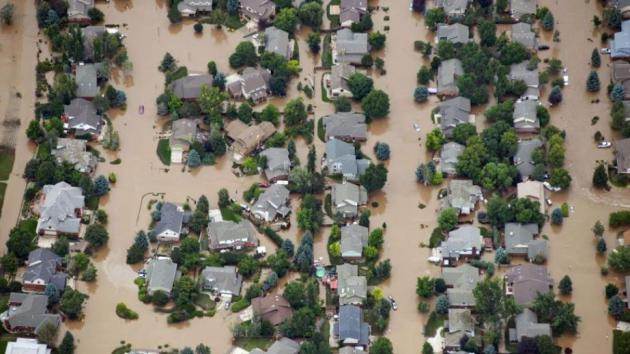

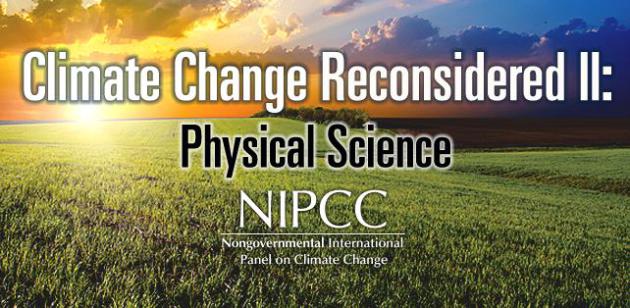

Hi, you make mind blowing ideas and a spectacular article here. Last time, when I saw your site this was a little better but today I visit the web site again and find that you guys making a very smart work on the site. California Credit Repair
ReplyDeleteThis tutorial is indeed useful.California Credit Repair I have just downloaded it. Thanks again.
ReplyDelete